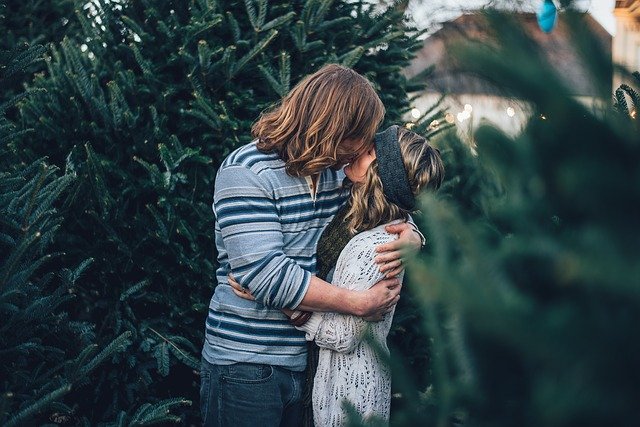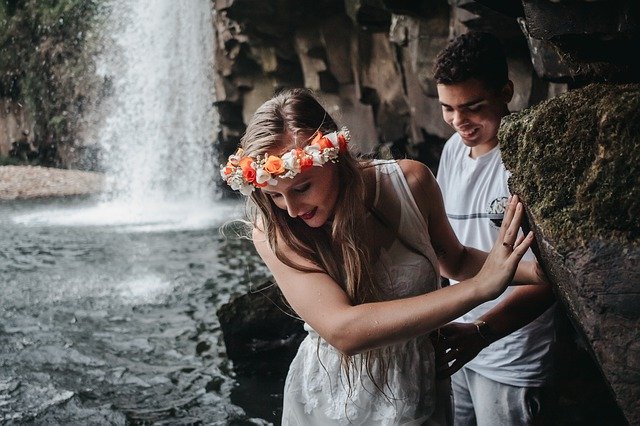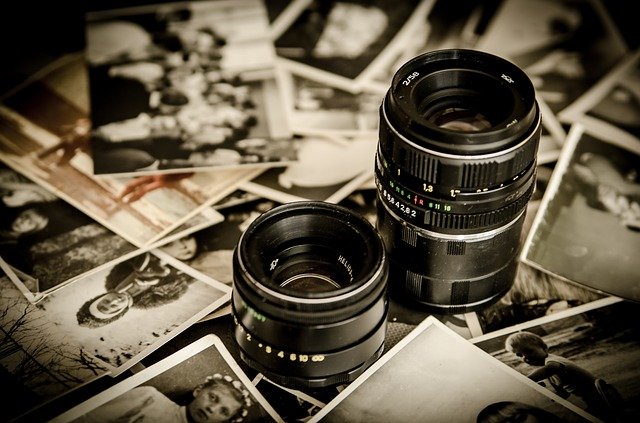
Writing a Romantic Scene/Relationship
It’s the month of love and within writing there could be a lot or a little. What do you need for a Romantic Scene and relationship? What do you need to know to make it flow within your story and build as your characters grow? Well, that’s what we are here to discuss today.
Romantic Scenes:

Know your characters
Your characters are the ones taking this amazing journey you’ve set out for them. They go down each path you set them on, but if they don’t continue to be themselves (as you’ve written them), your readers will lose interest and at the very least become confused that there may be another character where your main ones should be.
Within romantic scenes, keep with your character’s… well, character throughout. If they wouldn’t respond or act a certain way during a romantic scene, then don’t put it in. Keep their attitudes, ways of thinking, quirks if you wish; in the scene, but keep them true to them. Let your characters decide their level of intimacy as they move throughout your story and trust me, they will if you release the reigns!
Dive deep into your characters to know how they would act, what they would say in certain situations and what they would do at any given moment. Stick with your characters and show us what they are like as your story progresses. There are many ways to get to know your characters better… conduct an interview with them, write out characteristics about them, create a short story (for your eyes only, of course) telling about your character, everything about your character.
Keep Plot in mind
In order to write romantic scenes, it’s important to keep the plot of the story in mind. Does the romantic scene drive the plot? If it doesn’t, it may not be worth putting it in. Is there another important reason for adding it? Well, then, by all means. Just make sure it’s furthering your character’s journey in some way, either physically, emotionally, or both.
Keep the storyline moving as you write your scenes. You don’t want your readers stopping to think about why that was even put in there in the first place. Remember, your readers are going to enjoy the scene, but only if it serves it’s purpose.
Avoid ‘Purple Prose’
Have you ever read a story where they move around what they are trying to say; using so many forms of the word to make it sound ‘pretty’ or less clinical? This is where avoiding all those flowery words during love/romantic scenes comes in. If your characters have specific words for ‘things’, then use them, but you as a writer don’t need to. Say what you intend to say, don’t sugar coat it. We all know what you’re trying to say anyway.
If you’re really against using specific words, then try the art of suggestion. Sometimes, the use of suggestion can be more potent than saying it out right. Give it a try, I bet you’ll find a lot of readers love it because they use their own imaginations for the suggested actions.
Know Your Audience
If you want to know what your readers enjoy, start reading what your readers read to learn what they like. Stay within the genre you plan to write as you read, there is no sense in reading a regency romance when yours is strictly sci-fi.
Use Your Setting, Theme & Background

Setting
Where is your romantic scene taking place? What objects, buildings, and/or creatures are around you… er, them within the scene? Use these things to provide a sense of being in the scene. Use the scenes of smell, touch, sight, taste and hearing to provide a vivid picture of the experience. Who doesn’t love to know that there is a piece of straw digging straight into the back of a character while being taken in the loft of a barn? Well, you get what I mean. 😉 Show us, the readers, what your characters see, what they hear, what they smell, etc during the scene.
Theme
What is your story really about? Try to weave your theme within your love scene to create a personal touch. There is no better way to communicate with your readers the theme of your story then to have your characters experience, or be just as passionate for what your theme is about.
Background
What do they do for a living? What hobbies do they love to do? Are their words within those areas that could be used during your love scene? I’m sure if you thought about it, you could think of terms artists, mechanics, writers even; use. Have them use some of those within the scene to not only make your characters more interesting, but the scene itself.
Avoid Cliches
We’ve all read those books that seem to show the same damsel in distress waiting for her knight in shining armor or the damsel whose been abused and her knight shows her how to live again. There are so many out there, it’s sometimes hard to come up with something new.
If you insist on using one, turn it to focus on a different aspect. Perhaps the knight was the one needing saving from the dragon or the male character is the one who needs to be shown love again after a terrible abusive experience. Think of how you can make the cliche more interesting and go with that.
Stay Within Your Comfort Zone
You as an author need to write what you are comfortable with, but also keep with the characters. If they would do something that maybe you’re not completely uncomfortable with, then leave it in or get advice from your reader/writer groups. If it ruins the story then remove it.
You need to be comfortable with your writing in order to bring your readers that fantastic story, the adventurous journey, and the awesome love scenes.
Character Relationships:

Write Love Scenes, Not Sex Scenes
Now, this may shock you, but I’m gonna tell you something that you may not believe, but it’s completely true. Here goes… The romance in a romance novel isn’t about the sex, it’s about the relationship between your characters.
Yes, I know, it’s hard to believe, but yes the romantic scenes in your novel should be about the relationship of the main characters (or secondary characters depending) and moving that relationship forward in some way whether for the good or the bad.
Remember above where I mentioned using hobby terms within your scenes? Well, you can use them here and if it’s appropriate, add some humor too. Depending on how the scene goes, you could do a lot and just with the sexual actions.
Create Tension
Sexual Tension comes in stages and forms throughout the relationship of your characters. Let’s explore some here.
First Meeting and After
Your characters are usually attracted to each other in some way shape of form from the moment they meet, from that first touch, or first sight.
Here are somethings to think about when they first meet and throughout their relationship:
- How do they react to each other while in the same room?
- How/what are they thinking when they are not in the same room?
- How do they react after the first touch? First Kiss? Public displays of affection?
- How do they react moments after sex?
- The morning after?
- How/what are they thinking of the other afterwords?
Opposing Forces
What opposing forces are at work between your characters and what are your characters doing to defeat that opposing force?
Is that opposing force work related and they are going after the same position? Do they have different views on the use of a building they are proposing? Perhaps they have different views on something one is passionate about or does one feel that getting into a relationship at this point would ruin something they are striving for.
Whatever it is, create a force that is keeping your characters apart whether that’s a physical force or emotional force. Then have them move, taking turns to discover the right course of action to overcome the force.
Neither character wants the negative reaction to their opposing force, nor do they want to risk harming the relationship they know is blooming, but attraction keeps them moving forward down the rocky path.
Contrasts
These contrasts like some opposing forces could be from others as well as from themselves.
Areas of their lives where they disagree could put tension between your two characters. Religion, how to handle a specific situation, or another reason for them to disagree.
Another contrast could be within themselves, their thoughts that could contradict or argue over whether something was good to do or not. When characters interact or when they are speaking to themselves you’ll read the thoughts and opinions those that are irrational, inconsistent and unreasonable. Not to mention those thoughts that contradict each other. Each character has their own emotional struggle, characteristics, and contradictions moving further toward or away from the same path.
Conflicts
Conflicts can be anything from opposing forces, to contrasts, to emotional or physical obstacles.
Here is where you want to raise the stakes, so to speak. Create even more tension between your characters by bringing in emotion or a physical obstacle to overcome or do both!
As they say do something bad, then do something worse, then do something that will make your character wish they were never born. The greater the risk the more their emotions will come into play.
Suspense/Anticipation
Suspense should raise as your readers wonder if and when your characters will get together. Use those small moments together to create anticipation for their next meeting. You could even end a scene with a character thinking it’s the wrong moment to bet together.
Having those small moments will build up suspense, emotions, and the desire within your characters to see their journey to the end, so give your readers plenty of suspense and anticipation.
Use Your Own Memories and Experiences

When writing romantic relationships, your own memories and experiences can come into play. You can literally set the stage for the scene to get an idea of actual sights, sounds, feels, and more. Go ahead, have fun!
Doing this can give your scene a sense of reality that it may have been missing before.
Another things you can use from experience is dialogue. If your significant other, or yourself say certain things during those moments, use them. If your characters start saying outrageous and outlandish things during the scene, it won’t seem real and your readers will know that.
Use the Five Senses
As I mentioned earlier, your senses should come into play not only in romantic scenes, but also within the relationships themselves.
Each small touch, word, or sight of the other will heighten their experience. Have your characters constantly be aware of what the other is doing. Whether is the slight touch of their fingers, a whispered word, or the sight of one without their shirt. Each experience uses as sense and it should be there to tell the story.
Be sure that although we are focusing on the physical, you also remember the emotional. How are they feeling, what going on in their mind as those things are happening.
Every small detail can come in handy. Obsessions, actions, dialogue. It all plays a role and helps to give the reader the full experience of the scene.
Reveal Stages of Relationship
Every relationship has stages in which they progress. It’s a good idea during each romantic scene and within the relationship itself to discretely show the progression of the relationship.
To do that, you can visit my post on Love from last week to find pointers, but reveal stages like flirting, romantic love or even familial love if your characters relationship goes that far. You can reveal something to advance an element of the plot or reveal small emotions of one character or another.




